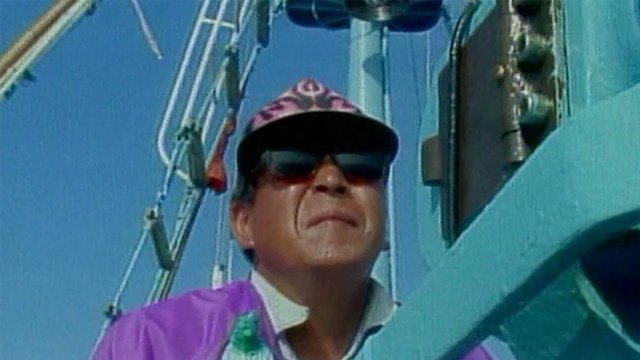The War On Whaling
Slaughter continues as Japan fights whaling ban
 Although numbers are down, the practice has survived the 1986 ban on commercial whaling. We see whales being harpooned, dragged in and cut up - ready for the restaurants of Tokyo. Japan is allowed to kill 600 whales each year in the interests of science. But only tiny samples actually end up in the laboratories, where their DNA is examined for information on breeding and migration patterns. The vast majority of the animals are sold for meat...
Although numbers are down, the practice has survived the 1986 ban on commercial whaling. We see whales being harpooned, dragged in and cut up - ready for the restaurants of Tokyo. Japan is allowed to kill 600 whales each year in the interests of science. But only tiny samples actually end up in the laboratories, where their DNA is examined for information on breeding and migration patterns. The vast majority of the animals are sold for meat...
Senior Japanese officials confessing that last year, several Caribbean countries, with no apparent interest in whaling were bribed by Japan to side with them, to overturn the commercial ban on whaling. Since 1986, the population of Ayukawa has halved. Locals say they can't live without whaling. They blame an increase in whale population on a decrease in other fish and don't understand why eating whales is any different to eating cows or kangaroos... The Japanese government argues killing whales will help the environment by saving fish. Over the past few years, Japan has been waging a campaign to try to overturn the ban, and they are having some success. At last year's IWC meeting, 6 Caribbean countries with no apparent interest in whaling voted with Japan on virtually every motion - even overturning a proposed South Pacific whale sanctuary. It was recently revealed that Japan used its considerable financial resources to buy these votes... Contains dramatic footage of Greenpeace activists jumping from rubber dinghies trying to cling to whales as they are trawled up on to the ship deck.
Produced by ABC Australia
FULL SYNOPSIS

